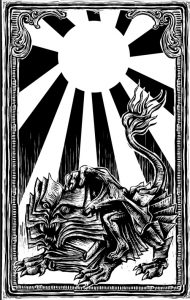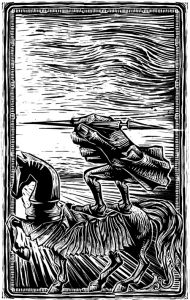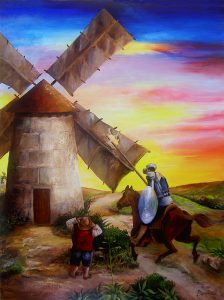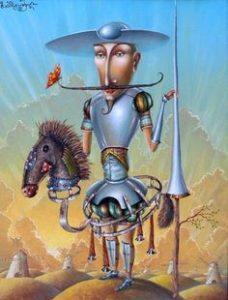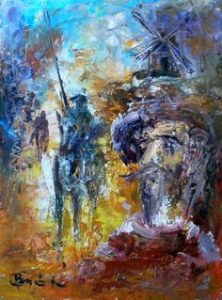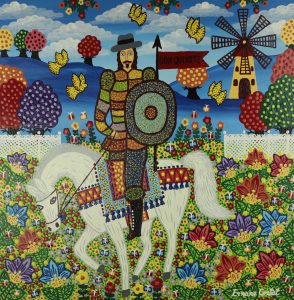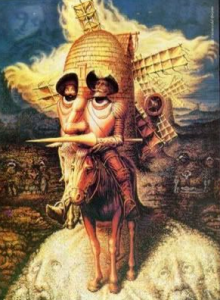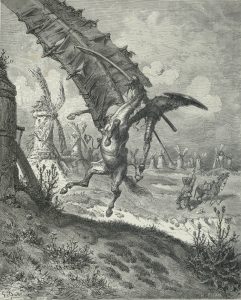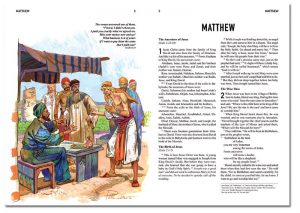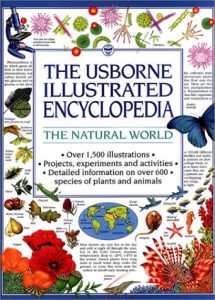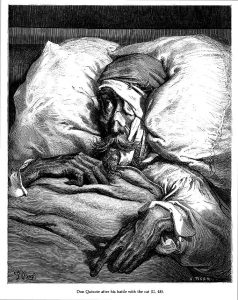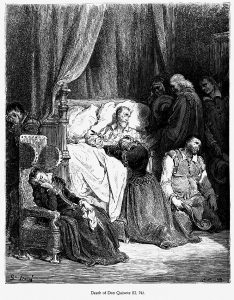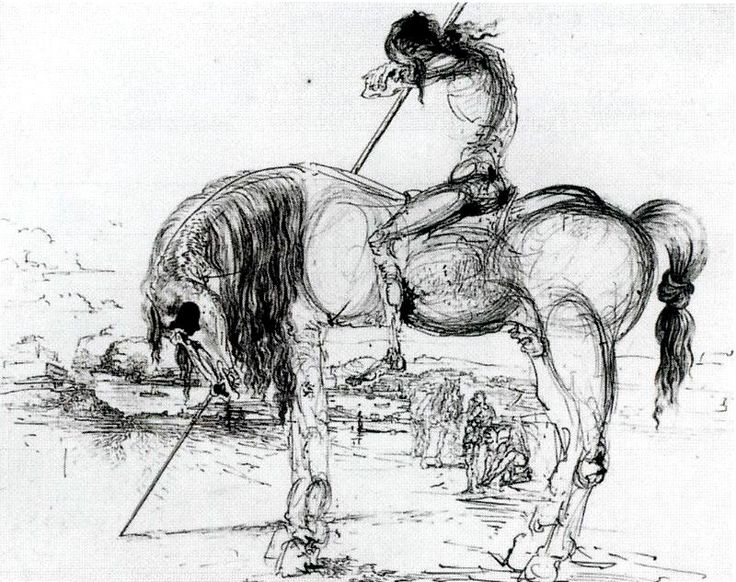Yesterday in class we were asked to look at different book covers of Cervantes’ Don Quixote de la Mancha. On one particular slide, we were presented with two covers side by side – a white cover with a giant Q and a black cover with a small square painting above white print. Nearly everyone in class agreed that the one on the right (the black) looked like a book you’d be asked to purchase for a literature class. The book looked academic to us because of it’s plain, straight-forward, no frills font and the serious, dark-hued painting. I grew bored just looking at the cover.
I’d like to think that I’m the type of person who doesn’t judge a book by its cover. Who cares if I buy the academic looking book or the version featuring a more artistic cover? No matter what the cover looks like, the content is still the same. But I must admit that I am the type of person who judges a book by its cover. In fact, there have been times when I buy a version of a book for more money just because I like the way that cover looks more than I like another cover.
I guess the big question here is why? Why do I care what the cover looks like? The answer: the cover of a book does not only suggest the content of the book, but the cover also reflects my personality and my tastes. Choosing a book based off of its cover is a practice of self-identification.
For example, I would never NEVER purchase, say The Kite Runner, with a cover featuring an image from the film adaption. I don’t want people to think that I am only reading the book because I saw the film. I read books because I like books, not because I like movies.
Or take for example, an experience I had in high school. My mother had given me Daphne Du Maurier’s Rebecca, a respected novel that has been in print since its publication in the 1930s. But to my dismay, the book was dressed in a bright red cover with raised gold lettering written in gaudy cursive. It looked like a cheap romance novel you would pick up at CVS. I remember reading this version of Rebecca in the hallway before going into my US history class.

“What are you reading?” my teacher asked me with raised eyebrows.
“It’s a classic book I swear!” I quickly blurted out trying to correct the false impression my teacher had just gained of me. I didn’t want my teacher to think I was the type of person who would willingly consume trashy literature.
That very afternoon I went to Barnes and Nobles and bought a new Rebecca one with a cover I felt better fit my personality. Yes, a ridiculous course of action. I already had the book. Why by a new one?!

It’s amazing to me that publishers bother to produce the same novel with so man different covers. Why can’t we just be satisfied with one version? But it makes sense. Publishers want to reach as wide an audience as they can. Rebecca has innumerable covers – covers that resemble romance novels, covers that resemble crime novels, covers that resemble teen lit, and covers that resemble Jane Austen novels. By having these options, the publishers are able to find consumers with all different reading habits.

